
The world's first methanol-fuelled container ship has completed its maiden journey from Ulsan to Copenhagen.
The vessel arrived at Skagen anchorage on August 31; then made the short trip to Copenhagen anchorage from September 10-11, and was christened Laura Maersk during a naming ceremony in Copenhagen three days later.
Ordered in August 2021 and built by Hyundai Heavy Industries (HHI), the Laura Maersk has a 2,100-TEU container capacity and dual-fuel capability, thus enabling operation on methanol as well as conventional low-sulphur fuel.
The methanol propulsion configuration was developed in collaboration with manufacturers MAN ES, Hyundai Himsen and Alfa Laval.
When the initial methanol-enabled vessel orders were announced in 2021, Maersk stated that it aimed to operate the ships on carbon-neutral e-methanol or sustainable bio-methanol as soon as possible, whilst also acknowledging the challenges involved in sourcing the required methanol production.
And as part of that process, Maersk announced earlier this week that it had signed an agreement with Equinor to secure the supply of green methanol for its landmark feeder vessel during the initial months of operation in northern Europe, between September 2023 and the first half of 2024. The methanol bunkering of the Laura Maersk is to take place in Rotterdam during this period.
Equinor — which runs a production plant in Tjeldbergodden, Norway — is an established player in Europe's methanol market; and Alex Grant, Senior Vice President for the liquid commodity segment at Equinor, stated this week that the company has "ambitions to be a key provider of green methanol in the marine fuel segment."
The methanol used for the Laura Maersk's 21,500 km trip from the Republic of Korea to Denmark was sourced from Dutch producer OCI Global, with physical marine fuel supplier Hong Lam delivering methanol to the ship in Singapore towards the end of July, and VPS carrying out the bunker quantity survey.
OCI produces its methanol at a US-based facility by using captured biogas from decomposing organic waste in landfills. The biogas is upgraded to biomethane and injected into the gas grid, and methanol is then produced from biomethane in the grid.
Maersk has set itself the target of transporting a minimum of 25% of its Ocean division cargo using green fuels by 2030, compared to a 2020 baseline; and the shipper has a 2040 target of net zero greenhouse gas emissions.

|
Malik Supply seeks bunker trader for Fredericia office
Danish company advertises role focusing on client portfolio development and energy product trading. |
|
|
|
||
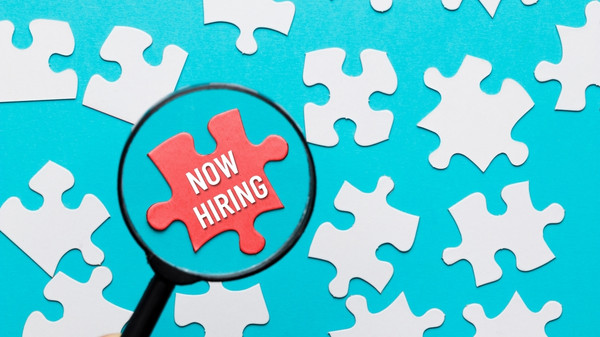
|
Chimbusco Pan Nation seeks credit analysts for Asia-Pacific and Middle East expansion
Bunker firm recruiting for Hong Kong, Singapore, and Shanghai offices with APAC and MENA focus. |
|
|
|
||
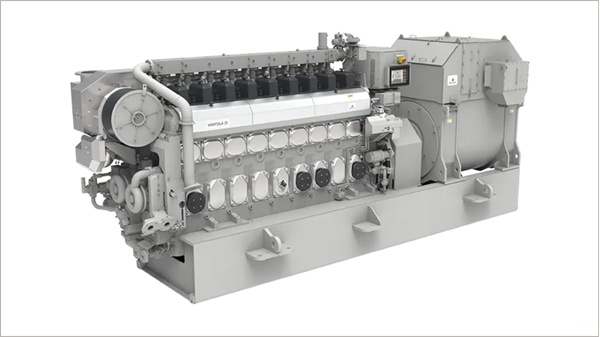
|
Wärtsilä to supply biodiesel-capable engines for AMAGGI's two new Amazon pusher tugs
Brazilian operator orders fuel-flexible engines for vessels designed to push 20 barges on inland waterways. |
|
|
|
||
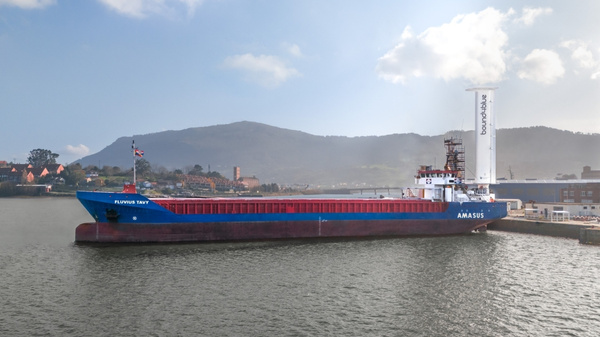
|
Amasus installs second bound4blue wind sail on general cargo vessel
Dutch shipowner installs what is said to be the largest suction sail ever fitted to a general cargo vessel. |
|
|
|
||
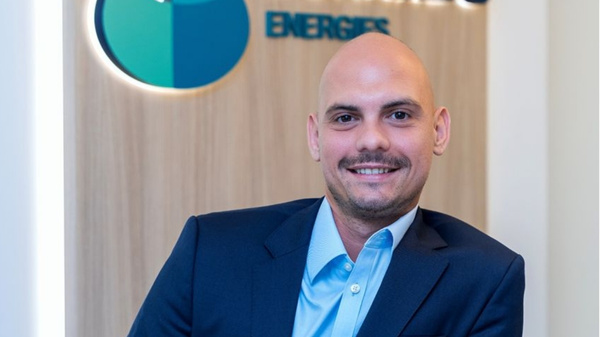
|
Burando Energies appoints Vasileios Analytis as commercial director in Dubai
Marine fuel trader promoted following expanded trading activity and commercial development. |
|
|
|
||
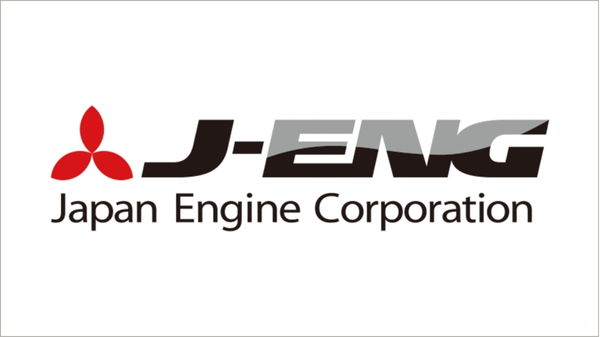
|
J-ENG starts development of methanol-fuelled marine engine
Japanese engine maker targets 2027 completion for UEC50LSJM model following ammonia and hydrogen engine projects. |
|
|
|
||
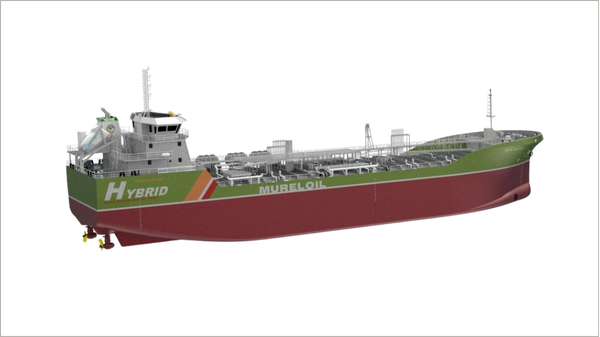
|
AYK Energy secures second battery contract with Mureloil for chemical tankers
Spanish ship owner orders hybrid propulsion systems for two 8,000-dwt vessels transporting biofuels and methanol. |
|
|
|
||
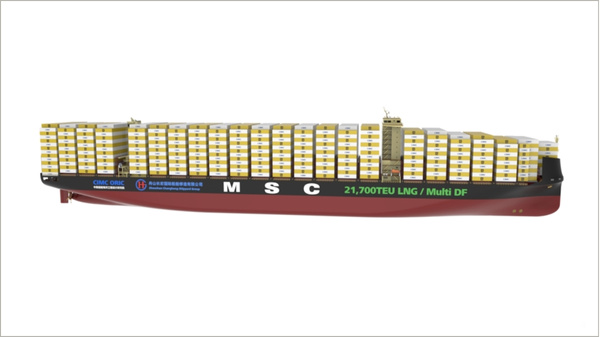
|
DNV approves 21,700-teu container ship design with ammonia fuel capability
Design by Zhoushan Changhong and CIMC ORIC can accommodate LNG or ammonia propulsion systems. |
|
|
|
||
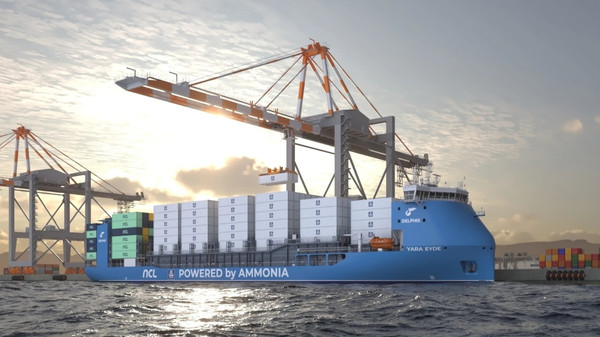
|
CMB.Tech invests in Chinese ammonia supply chain ahead of fleet deliveries
Belgian shipping group secures green ammonia offtake and takes stake in Andefu supply company. |
|
|
|
||

|
UK P&I Club joins SEA-LNG coalition to support LNG marine fuel adoption
Insurer brings 50 years of LNG experience to methane pathway coalition focused on maritime decarbonisation. |
|
|
|
||
| Maersk procures fuel for world's first methanol-enabled boxship [News & Insights] |
| VPS performs first methanol bunker quantity survey [News & Insights] |
| Methanol Institute publishes comprehensive fuel guide [News & Insights] |
| Maersk orders eight large methanol-fuelled boxships [News & Insights] |